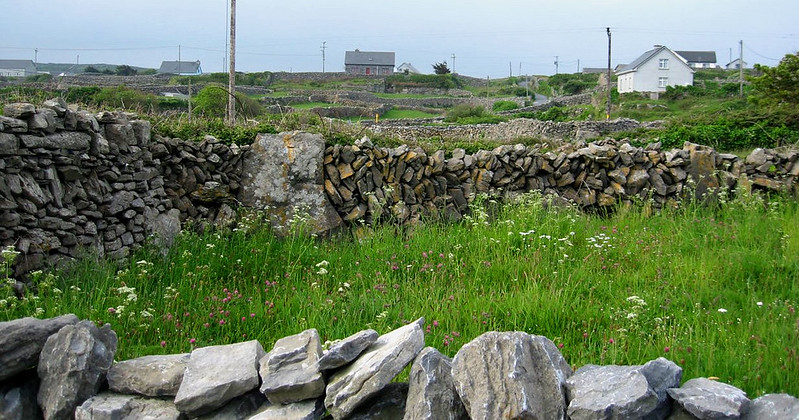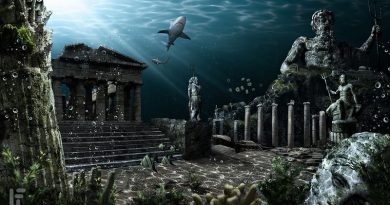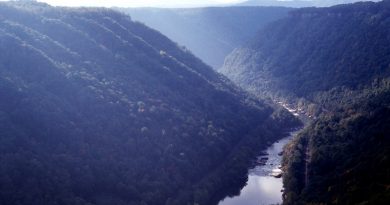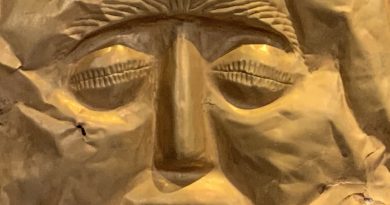History and Tradition On The Aran Islands
Historical Facts
Where: off the coast of Clare and Galway on Ireland’s west coast
When: Iron Age monastic ruins from the 4th century & 700BC stone fort ruins
History: remote island’s retaining traditional ways of life – famed for making Aran sweaters and monastic ruins
Go there for: an exploration of ancient and traiditional Irish history and culture – discover ancient monasteries and windswept landcapes, perfect for solitary walks
Just off the coasts of Counties Clare and Galway are long, low limestone islands of rare bleak beauty. Standing on the very edge of Europe, the Aran Islands are rich in the language, culture and heritage of Ireland, unique in geology and archaeology, and in its long tradition of gentle hospitality. The three Aran Islands, Inishmor, Inishmaan and Inisheer, are the site of some of the most ancient Christian and pre-Christian remains in Europe.
What’s the History Here?
There are the impressive Iron Age stone forts at Dun Aengus on Inishmor, and Dun Conchuiron Inishmaan which are particularly noteworthy. Unfortunately, almost nothing is known about the people who built these structures allowing you to contemplate the people who once roamed and worked here. Some of the earliest monastic settlements were also founded here by St Eanna in the late 4th and 5th centuries. The monastic remnants date from the 8th century.
The most striking of views in the islands is the criss-crossing of intricate stone walls across the fields. Built thousands of years ago they create small sheltered areas from the strong wind, and provide an unusual, unique landscape.
The islands’ isolation allowed Irish culture to survive when it had been put under so much pressure from foreign influence. Irish is still the native tongue, and the traditional Aran dress has only recently ceased to be habitually worn. The Islands have been a major part of many young Irish peoples’ lives. Many in the Western areas are sent there to learn Gaelic (Irish language) during the school holidays, and some have fond memories of a rural lifestyle that was preserved far beyond the habits of the mainland. Playwright John Millington Synge learnt his Irish here, and wrote about its people in the play Riders to the Sea. Generations of families have tales of local storytellers, and dancers in the bars, as well as the beauty of the place where they learnt the intricacies of their language.
Inishmor is the largest of the Islands, with a population of around 800. It is a little over nine miles long and two miles wide, standing defiantly against the Atlantic Ocean. There is abundant wildlife here, and on the smaller islands. Things to See and Do in Inishmor
Ionnad Arann
This is a tourist centre that will explain the geology, wildlife, history and culture of the island, making your sight seeing a little more meaningful. You can watch the Robert Flaherty film, ‘Man of Aran’, made in 1932, which documents the life of islanders and their ongoing battle with the sea.
Dun Aonghasa
A 700BC stone fort, the rival of any in Europe. The fort stretches to the cliff edge on the western side of the Island and the fact that it remains is testimony to the skills and determination of ancient Celtic tribesmen who lived, worked and fought here 3000 years ago. The sight of the ancient building, the sound of crashing waves against the cliff face below, and the sweet sea air, guarantee that this site stays in the memory of visitors. There are less people around in the evening if you want a chance to see the area on your own. Be careful on the cliff face. Two other impressive stone forts, Dun Eochla and Dun Duchathair are also worth the visit.
Dun Arann Heritage Park
This is the highest point of the island and is home to some of the ancient crafts practiced in the area.
Aran Sweater Market and Museum
Find out the history of the world-renowned Aran sweater, buy one created in the traditional method, and watch the locals at work.
Walks and hike
Getting around the island can be one of the best aspects of the area. Rent a bike, hire a pony and trap, get a bus or walk. All options are laid back and leisurely allowing time to take in the feel of this unique place. For easy walks, surrounded by sea, through fascinating limestone landscapes, often in solitude, the islands are a great place for hikers. The Inishmor Way is a walk marked along the path by yellow arrows marked on stones and consists of tarred roads, gravel paths, and long grass walkways into areas of awesome sea panoramas.
How to Get There
Inishmaan is the least visited island, while Inishmor is the most popular with many day trippers. Travel to Inishmor between the islands is well covered, with a number of ferries and an air service available. You can also travel direct from Galway City by boat or by plane from nearby Connemara Airport.
Inisheer lies closest to land, just five miles from Doolin in County Clare. Ferries to the islands operate from Galway City, Rossaveal and Doolin, and there is at least one daily ferry throughout the year, weather permitting.
More Information
Visit Aran Islands
A website dedicated to making your visit to Aran a good one
Island Ferries
For a list of ferries making the trip to the Aran Islands
Irish Culture
This website has features on cultural events taking place on the islands – keep an eye on it when planning your trip
By Colin Jennings




